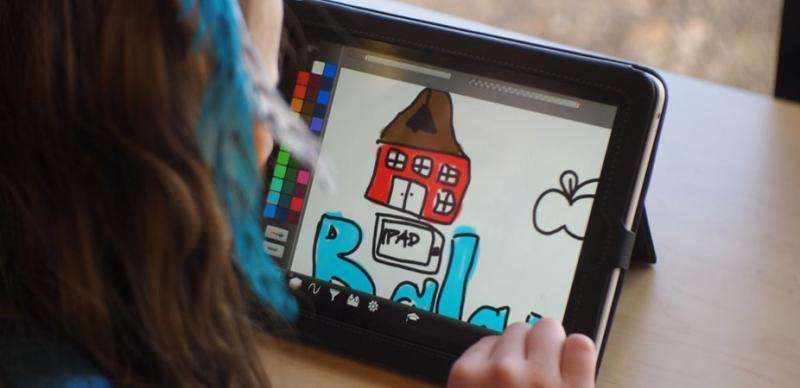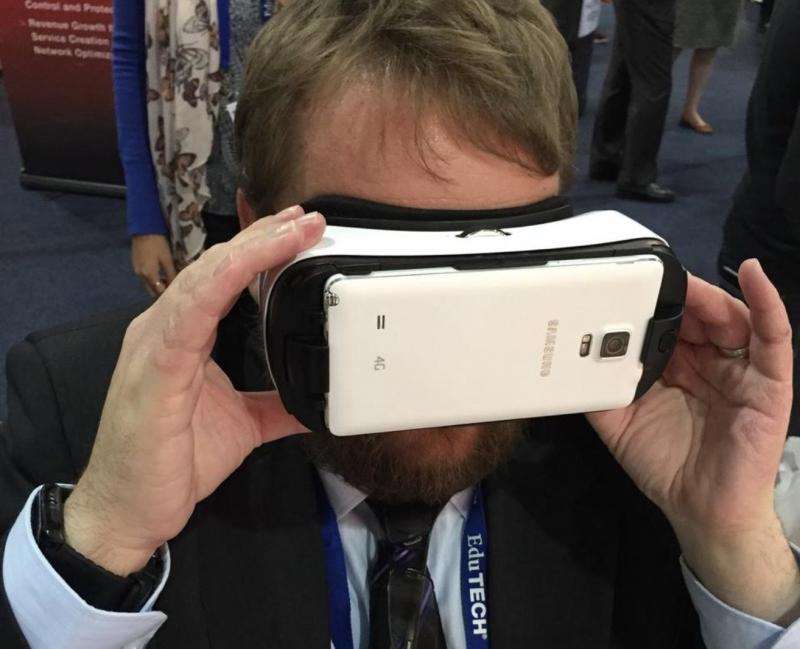Many classrooms have embraced digital technology, but it hasn’t always translated into improved learning outcomes. Credit: Brad Flickinger/Flickr, CC BY
If you're a student, teacher or parent, you might have noticed there is a massive push to use technology in the classroom these days. Hardly a day goes by that we don't hear somebody talking about the digital curriculum, or computers in classrooms, or teaching coding in schools.
But this push for more technology often misses the mark when it comes to improving educational outcomes. Just adding more gadgets to the classroom won't necessarily benefit students. Rather, we need fewer gimmicks and more focus on what actually works.
Good for learning?
Schools are being forced to embrace computers. Unlike their "digital immigrant" teachers, these students are "digital natives", born into a world where technology is an integral part of everyday life. Almost every student has access to a multitude of computers, laptops and tablet devices. It would be crazy to assume an assignment would not be written on computer in this day and age.
Many schools now have a 1-to-1 computer policy, and many districts and states in the United States have mandated computers or iPads across the state for every student, including Los Angeles, the second largest school district in the country.
But the thing is, when they tried it in LA, it wasn't the success they hoped for. That's because the tablets weren't used as much as they expected. Rather, it appeared there was a gap between the digital native's love of technology and their use of it in the classroom.
This conflicted relationship with computers is also underscored by much of the literature on education. It is also highlighted in professional development and conferences such as EduTech.
The author having fun trying out Samsung’s virtual reality headset at the EduTech conference - but how valuable will it really be for students? Author provided
Gadgets galore
This was the second time I attended EduTech. It's always fun to look at the technology being demonstrated and think about how it might be used for learning. There is usually a theme to the conference as well. Last year it was all about 3D printers. This year it's all about digital collaboration.
As I wandered around the conference, I got to play with lots of cool technology, including 3D printed gears, big touch screens that can be used for collaboration, automatic drawing robots and even a massive blow up tent with a projector pointed at the roof that AARNET uses to give a 180 degree view of the solar system.
For me as a technologist, it was all endlessly fascinating. And it's tempting to think it could all contribute to improving education. But as I wandered around, I wondered how these gadgets would genuinely benefit teachers and students? Sure the digital touchscreen might be fun to use, but how much support do teachers get to actually put this into the classroom?
Teaching teachers to use tech
When I looked into it further, I found there are a lot of presentations on technology use, but not so many presentations on practical ways to integrate technology into the classroom that target individual teachers and their needs.
If these teachers are "digital immigrants", then how are they going to know how the digital touchscreen or the blow-up tent can be best used in their classroom, with their curriculum and their students?
I'm not questioning the ability of teachers to develop good lessons; I'm questioning how they will be able to integrate technology into their class for maximum effect without a full understanding of the technology and what it is capable of?
Google seems to have noticed this and has developed a program called Computer Science for High Schools – CS4HS – to address this. Rather than targeting students directly, this program targets teachers, introducing them to innovative new technology and helping them think about how that technology might be used in the classroom.
The CS4HS is a terrific initiative, and it would be great to see more like it, but it's ultimately supported by a technology company. When we are talking about technology in the classroom, we shouldn't be putting the technology first.
Instead, we should be putting the pedagogy first, finding a problem and solving it with technology, rather than bolting technology onto a classroom and hoping it solves some problem.
But what we really need, more than anything else, is more educational technologists. This role combines a love of technology with an understanding of the classroom. So instead of demonstrating a new 3D printer, an educational technologist will talk to the teacher, identify a problem and then suggest a technology solution.
No more shoving technology into classrooms like they did in LA; rather we need an approach where pedagogy comes first and technology follows.
Source: The Conversation
This story is published courtesy of The Conversation (under Creative Commons-Attribution/No derivatives).
![]()























